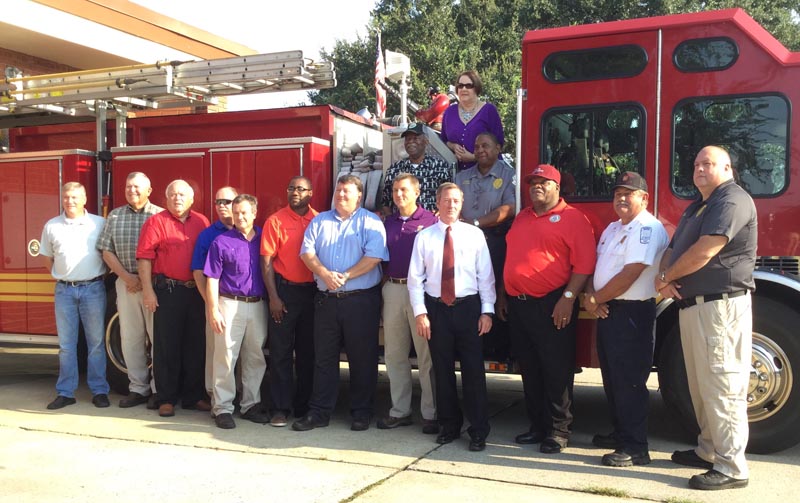
The City of Bainbridge and Bainbridge Public Safety are pleased to report the outcome of the recent Public Protection Classification survey by the International Organization for Standardization (ISO).
The ISO completed an analysis of the structural fire suppression delivery system provided in Bainbridge, and Bainbridge Public Safety Chief Eric Miller is pleased to report a Public Protection Classification of 4 was received.
ISO rates Public Protection Classifications on a scale from 10 to 1, with a Class 1 rating being the best.

ISO’s Public Protection Classification Program (PPC) plays an important role in the underwriting process at insurance companies. Most insurance companies use PPC information as part of their decision-making when deciding what business to write, coverages to offer, or prices to charge for personal or commercial property insurance.
PPC is important to communities and fire departments by providing a valuable benchmark, and is used by many departments as a valuable tool when planning, budgeting, and justifying fire protection improvements.
Chief Miller stated that Major Doyle Welch was instrumental in the success of the survey and in attaining the high rating for the City of Bainbridge.
 According to the ISO, a community’s PPC rating depends on the following factors:
According to the ISO, a community’s PPC rating depends on the following factors:
- emergency communications systems, including facilities for the public to report fires, staffing, training, certification of telecommunicators, and facilities for dispatching fire departments
- the fire department, including equipment, staffing, training, and geographic deployment of fire companies
- the water supply system, including the inspection and flow testing of hydrants and a careful evaluation of the amount of available water compared with the amount needed to suppress fires
- community efforts to reduce the risk of fire, including fire prevention codes and enforcement, public fire safety education, and fire investigation programs




Be the first to comment